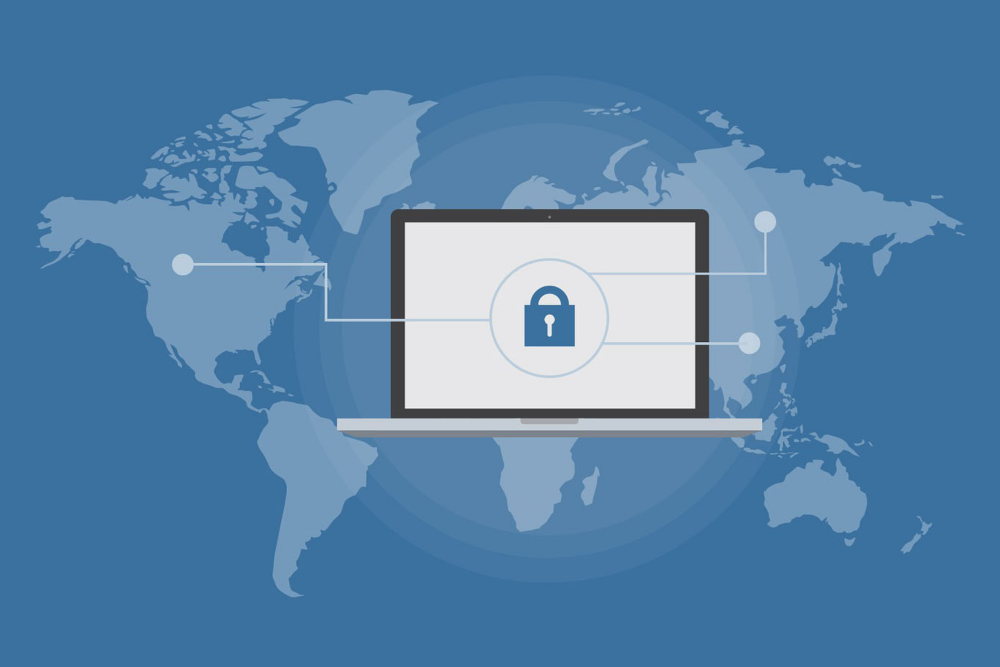
Data is essential for all types of organizations today, so ensuring access to mission-critical applications and data following a disaster is critical. However, business continuity and disaster preparedness are about so much more than that.
In other words, you might have important apps up and running somewhere, but that doesn’t matter if your office is underwater and your employees are at home without power. You need to consider the business as a whole in order to satisfy your customer’s needs following a disaster event.
Four Business Continuity Essentials For Every Office
- Ensure employee well-being: Communication during and following an emergency presents a variety of challenges. Crafting an employee safety and communication plan that works is absolutely essential.
- Keep customers in the loop: Managing customer relationships is obviously critical to the ongoing success of your business. As such, it’s important to craft a plan for distributing information to your customers during and following a disaster event.
- Enable IT uptime: When creating an IT disaster recovery plan, it’s important to understand two concepts: recovery time objective (RTO) and recovery point objective (RPO). RTO is the amount of time that it takes to get a system restored following a failure or disaster event.
- Keep business moving: Many organizations today have limited tolerance for application downtime. If your employees or customers do not have access to essential applications and data, there will be a direct impact on productivity and revenue. While this sounds obvious, many organizations do not consider the actual costs of downtime for a business.
Business Impact Analysis (BIA)
The first step for many businesses is to conduct a business impact analysis (BIA). Essentially, the point is to:
- Identify potential events that could negatively impact normal business operations,
- Calculate the likelihood that each event may occur, and
- Quantify the impact that the event could have on your business.
For example, if your data center is in Florida, a hurricane is a possible event; its likelihood is high (during hurricane season); and your business could be negatively impacted in a big way if downtime is significant.
There are a wide variety of threats to any business ranging from natural disasters to security breaches to random accidents—a leaky pipe can have the same impact as a flood if it’s directly above a critical server.
Once you have that stuff sorted, you can move on to crafting specific plans for risk mitigation, disaster response and continuity of operations.
Disaster Recovery and Business Continuity Planning Is Critical
 Disaster recovery and business continuity planning should be considered a critical aspect of running a business. However, many organizations disregard it completely. Others have some kind of plan in place, but fail to grasp how time consuming the recovery process can be and the the associated cost of downtime.
Disaster recovery and business continuity planning should be considered a critical aspect of running a business. However, many organizations disregard it completely. Others have some kind of plan in place, but fail to grasp how time consuming the recovery process can be and the the associated cost of downtime.
The good news is that today’s data protection technologies and services have greatly improved the IT piece of the business continuity puzzle. There are a wide array of options in the market today at different price points, which enables you to select a product or service tailored to your specific business needs.
The importance of testing business continuity/disaster recovery plans can not be overstated. Testing is the only way to reveal gaps in your plans and address them proactively—not while you are frantically trying to pull the pieces back together after heavy rains deposited a foot of water in your lobby.